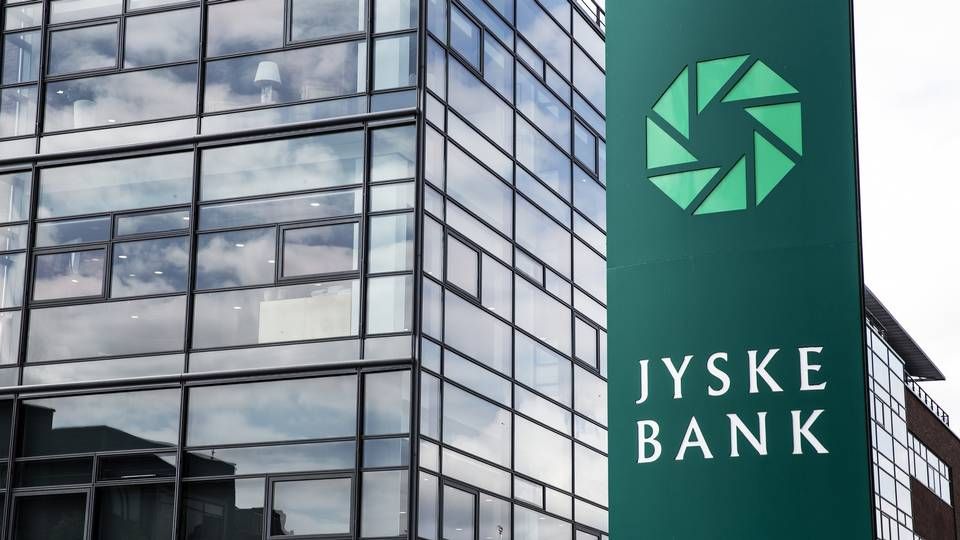Denmark's covered-bond market fires a warning shot on rates

“Denmark is quite a few steps ahead of the euro market,” Michael Spies, interest-rate strategist and covered-bond specialist at Citigroup in Frankfurt, said. “It will increasingly become normality to see covered bonds being issued in negative yield territory.”
Investors can’t get enough of the mortgage-backed covered bonds that make up Denmark’s roughly USD 500bm market for the securities, which is the world’s biggest.
Though interest rates have continued to plunge, the allure of the AAA-rated assets has proven strong enough to keep drawing in buyers looking for a safe place to put their money. In Denmark, banks are offering 20-year mortgages at no interest, while the legal groundwork has been laid to provide 30-year mortgages at negative rates, should the market continue its downward spiral.
Jyske Bank, the Danish bank offering the 10-year mortgage at a negative rate, says investors are still interested, despite the built-in loss they’ll get.
“The bonds still offers the investor a better effective interest rate compared to many other AAA-rated alternatives (both covered bonds and government bonds),” Christian Bech-Ravn, head of rating and investor relations at Jyske, said.
“We will still see demand from investors who need, want to have a proportion of their investments in AAA-rated assets.
Spies at Citi says euro-area banks would probably approach negative rates on covered bonds differently than their counterparts in Denmark.
That’s because Danish banks issue callable annuity bonds, so the negative coupon “can be taken into account easily in the regular cash flow,” he said. But the euro-denominated covered-bond market is dominated by bullet bonds, so “the negative-yielding character will rather be
implemented by 0 percent coupons and corresponding pricing above-par.”
That’s already been the case in a handful of issuances since 2016, he said. As borrowers outside Denmark wonder whether they can get access to the world’s cheapest mortgage market, Danish banks say they’re not aware of any barriers. They also say they’re not looking into offering their loans as far afield as the U.S.
“For an American to borrow on the Danish market, a Danish mortgage bank would have to provide the opportunity to do so,” said Mikkel Svane-Petersen, a spokesman at Nykredit. “As of yet, no Danish mortgage banks have entered the U.S. mortgage market, probably because they focus on their home market where they know all rules and regulations and also have the best knowledge of the housing market.”
It’s worth noting that Jyske’s new 10-year bond has created a few small problems at VP Securities, where trades are registered. Denmark’s central securities depository is temporarily using its system for handling floating-rate bonds, which went negative some years back. It spent the past weekend testing a system for handling the new security and any other that might follow it with a final roll-out expected later this month, according to Henrik Ohlsen, VP’s communications director.
“From our perspective, it’s quite a simple thing that we have to do: We just have to be sure the calculations are right and then put it into roduction,” Ohlsen said. The negative coupon “is more important from an issuer or investor perspective. We’re used to all kinds of different models for bonds.”
How does the borrower fare in all of this? It depends. Their mortgage will shrink. But, if interest payments by investors get big enough to exceed the bank’s fees, borrowers would face a tax bill on their shrinking loan. “The borrow will need to pay tax on the negative amount,” Bech-Ravn said.













